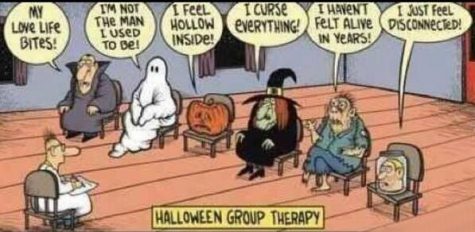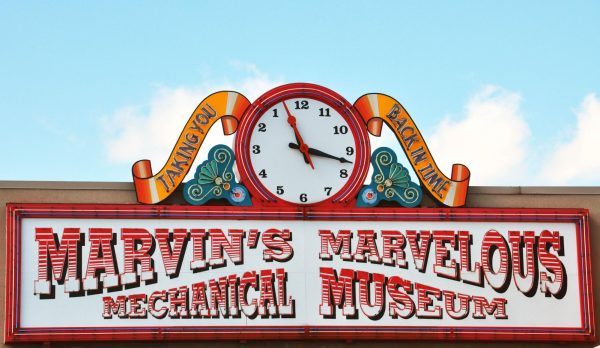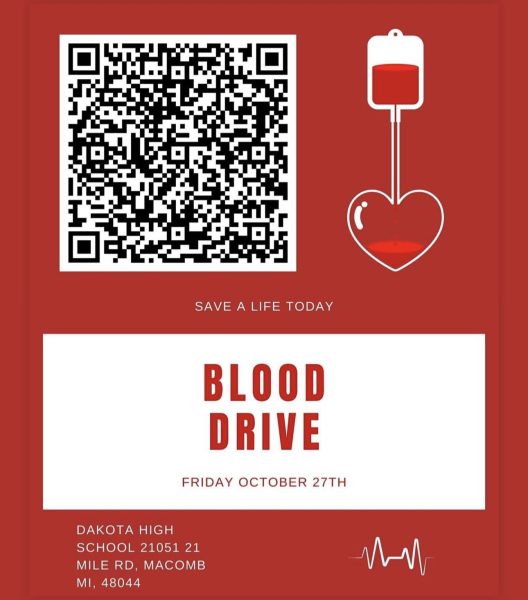The Psychology Behind Halloween
Why do people love Halloween so much?
This year, American consumers are expected to spend up to $9.1 billion this year, while last year in 2016, $8.4 billion was spent on candy, decorations, costumes, and greeting cards. Up to 180 million Americans will celebrate Halloween, which is 72% of the population. The real question is, why does America love Halloween as much as they do? Psychological studies show plenty of research.
Fear
People enjoy fear the most when we know in our heads that it’s not real and we feel safe. We like the thought of being scared, knowing that we won’t be harmed. We get a natural high when we are frightened, such as dopamine, which controls the pleasure centers of the brain (what makes us feel good and happy). Being threatened and scared creates a positive response, rather than a negative one if we were actually being harmed.
Dressing up and Lowering Reservation
The estimated average on Halloween costume spending lies at $3.4 billion. Dressing up as a superhero, a witch, a zombie, a ghost, or whatever we choose to be makes us feel free, raising our self-esteem, allowing us to act more carefree. Dressing up as someone or something else makes us feel like someone else for a night by playing a different role. Feeling excited and anonymous in an energized group reduces our self-awareness and increasing group-awareness.
Candy
Candy is one of the most positive associations people have with Halloween because of candy binge. People like the idea of taking free candy from strangers and returning home to inventory and reorganize our haul. It’s a distinctive and positive experience that is associated with our memory. Trick-or-treating makes us have positive feelings, even when we are too old for it.
Your donation will support the student journalists of Dakota High School. Your contribution will allow us to purchase equipment and cover our annual website hosting costs.






Mr. Voss • Nov 6, 2017 at 7:55 pm
Add in “shamelessly drinking a pumpkin spice latte” … I mean, I heard they were good.